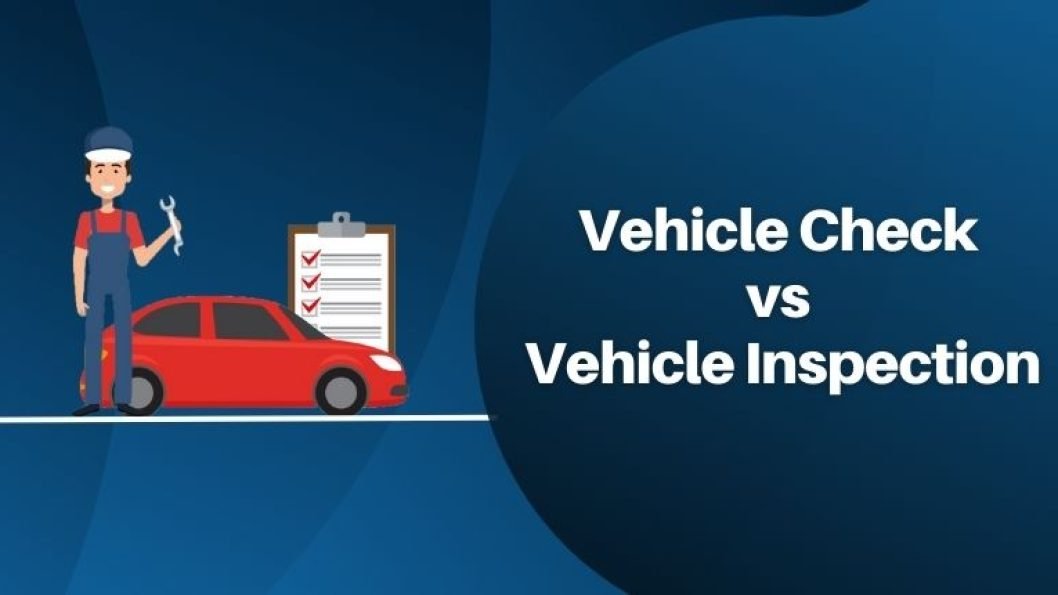Types of Automotive and Vehicle inspections
It’s essential to guarantee the safety, reliability and performance of your automotive vehicle. But how to achieve safety? and what tools can we use to ensure our cars are reliable. In the final analysis, various automotive inspections fill this need. If it doesn’t matter if you run a car, truck, or any other vehicle, regular checks allow you to detect problems in early stages of development and comply with all legal requirements so your will live longer. This article gives an overview about the different types of automotive reviews, their importance and what generally goes into one.
MOT Test
General Information
This annual test is required by the Ministry of Transport (MOT) for vehicles over three years old in UK. It assures that vehicles meet road safety and environmental protection standards. And yet MOT is coverage, seriously check several parts of a machine being: What It Involes
Brakes: Testing the braking system for work and wear and whether there’s enough life left in the pads, discs, and handbrake.
Lights: Testing all lights, including high beams, directionals, fog lights and brake lamps.
Tires: Make sure tires have an ample amount of tread depth in compliance with the law when a tire’s damaged or worn out–and substitution for one is necessary (sometimes immediately, at other times later on). The entire escapement system–where pollutants from escape the car are emitted into air to reach EPA standards.
Steering and Suspension–Condition and Performance that they serve in good need of these critical functions Body- Work: Making sure there is no rust or breakdown of sheet metal metallurgy on which car body works places reflect Self-confidence manners in this world Seat Belts, Prevent passenger movements while stable vehicle operation “Importance
A successful MOT removes the need to drive an automobile that is unsafe and performs the function of environmental pollution. If people didn’t pass them, accidents on the road could be quietly increased so that accidents which would otherwise have been insignificant A reckless motorist runs over or collides with pedestrians and motor-cycles, causing serious injuries
Pre-Purchase Checks
A pre-purchase inspection is conducted before buying a used vehicle. This thorough examination provides potential buyers with detailed information about the vehicle’s condition, helping them make informed decisions.
What It Involves
- Engine: Checking for any signs of leaks, wear, or damage in the engine compartment.
- Transmission: Ensuring the transmission is functioning correctly and there are no signs of issues.
- Brakes and Suspension: Examining the brakes and suspension for wear and potential problems.
- Electrical Systems: Testing the vehicle’s electrical systems, including the battery, alternator, and onboard electronics.
- Exterior and Interior: Inspecting the condition of the bodywork, paint, and interior components for any damage or excessive wear.
- Test Drive: Conducting a test drive to assess the vehicle’s performance, and handling, and to listen for any unusual noises.
A pre-purchase inspection can save buyers from costly repairs and give them peace of mind. It helps negotiate the price and ensures that the buyer is aware of any potential problems before committing.
Routine Maintenance Inspection
Routine maintenance inspections are regular checks to keep your vehicle in good working condition. These inspections are typically done according to the manufacturer’s recommended schedule.
What It Involves
- Oil and Fluid Levels: Checking and topping up engine oil, coolant, brake fluid, transmission fluid, and power steering fluid.
- Brakes: Inspecting brake pads, discs, and fluid levels.
- Tires: Checking tire pressure, tread depth, and overall condition.
- Battery: Testing the battery’s charge and examining for any signs of corrosion.
- Filters: Replacing air filters, oil filters, and fuel filters as needed.
- Belts and Hoses: Checking for wear and replacing any worn or damaged belts and hoses.
Importance
Routine maintenance inspections help prevent breakdowns and extend the life of your vehicle. They ensure that your vehicle remains reliable and efficient, reducing the likelihood of unexpected repairs.
Emissions Inspection
Emissions inspections test the amount of pollutants emitted by a vehicle’s exhaust system. These inspections are crucial for meeting environmental regulations and are often required as part of the MOT test or separately in other regions.
What It Involves
- Exhaust System: Examine the exhaust system for leaks and ensure it is functioning correctly.
- Emissions Testing: Measuring the levels of carbon monoxide (CO), hydrocarbons (HC), nitrogen oxides (NOx), and other pollutants emitted by the vehicle.
- Catalytic Converter: Ensuring the catalytic converter is operating effectively to reduce harmful emissions.
Emissions inspections help protect the environment by ensuring vehicles are not releasing excessive pollutants. They are critical for reducing air pollution and meeting government-imposed environmental standards.
Safety Inspection
Safety inspections are comprehensive checks focusing on the vehicle’s safety features and overall roadworthiness. These inspections can be mandatory in some regions or voluntary for peace of mind.
What It Involves
- Brakes and Tires: Checking the braking system and tire condition.
- Lights and Signals: Ensuring all lights and signals are functioning correctly.
- Seatbelts and Airbags: Inspecting seatbelts for wear and ensuring airbags are operational.
- Steering and Suspension: Examining the steering and suspension systems for any issues.
- Windshield and Wipers: Checking the windshield for cracks and ensuring wipers are in good condition.
Safety inspections ensure that all safety features of a vehicle are in proper working order, significantly reducing the risk of accidents and injuries on the road.
Concludingly
Regular car inspections are an important part of responsible car ownership. They make sure that your car is in good condition and safe on the road. Whether it is the annual MOT test, a pre-purchase vehicle inspection, routine maintenance work, emissions testing, or a full safety inspection they help keep your vehicle’ overall well-being and performance up to scratch. If you appreciate and prioritize these inspections, this will give you peace of mind and a better driving experience.


